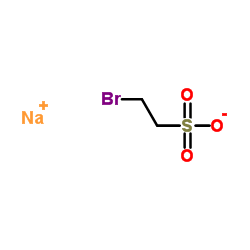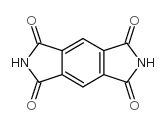| Structure | Name/CAS No. | Articles |
|---|---|---|
 |
Sodium 2-bromoethanesulfonate
CAS:4263-52-9 |
|
 |
pyromellitic diimide
CAS:2550-73-4 |